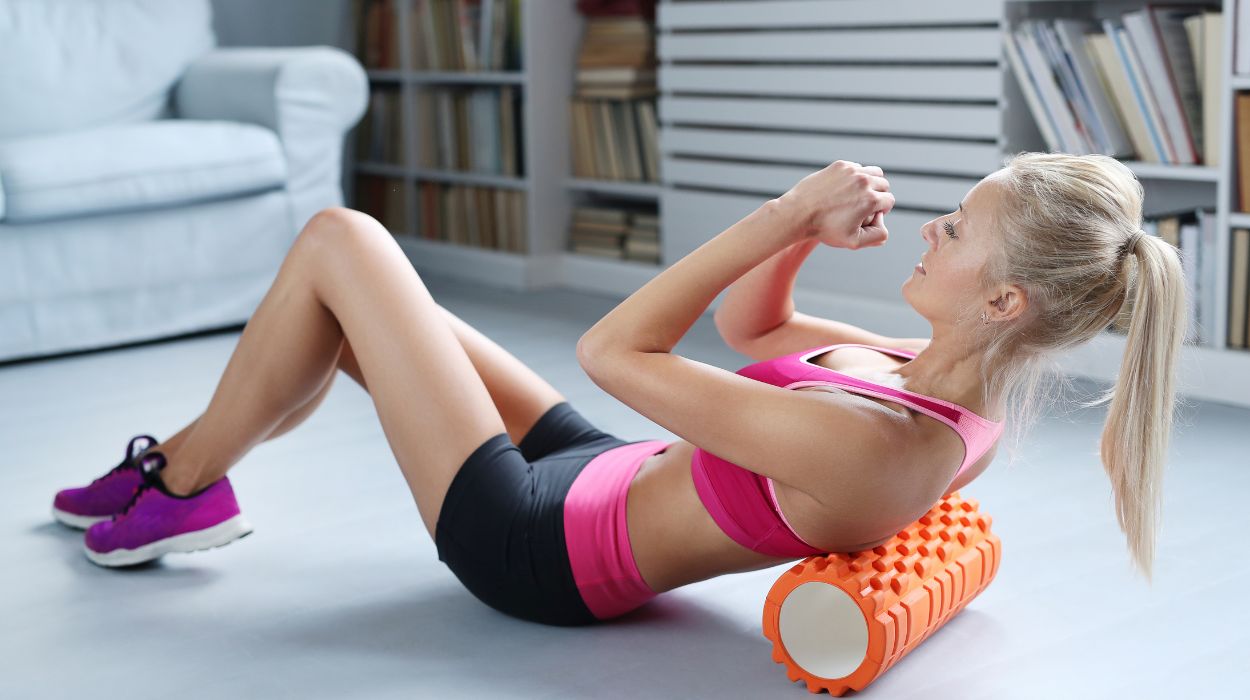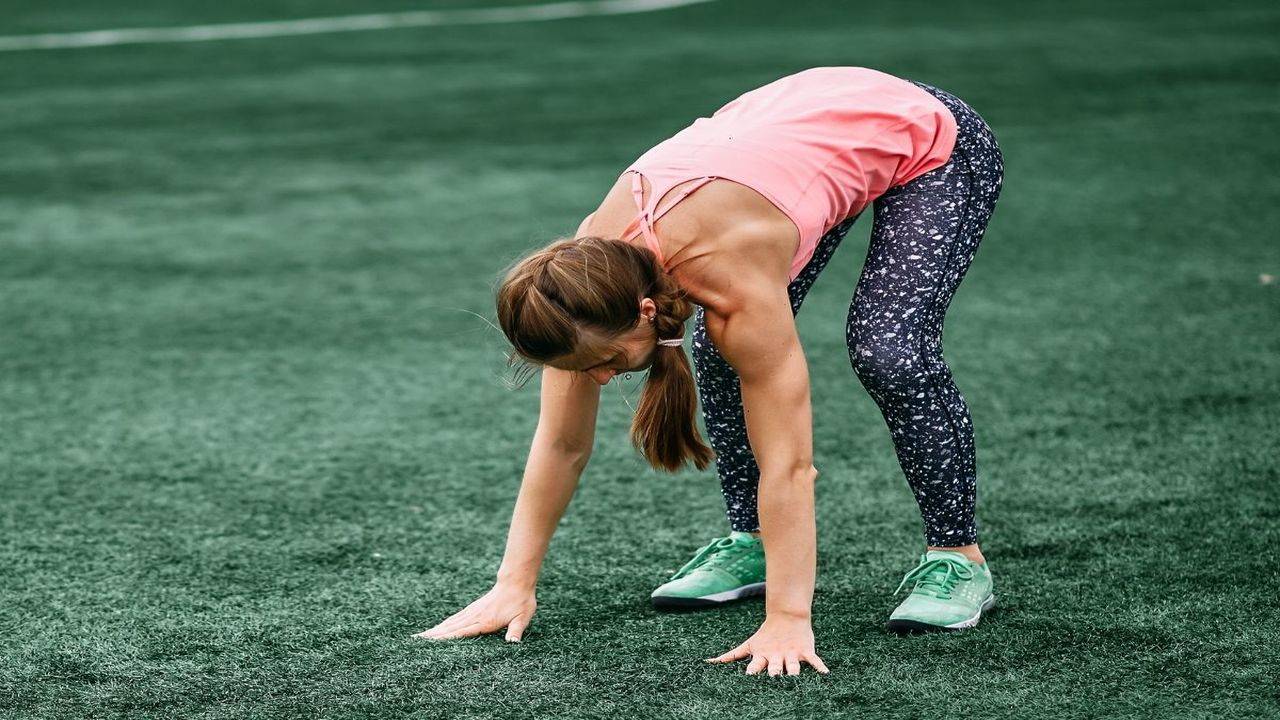Jumping squats. They look so simple on Instagram reels, right? A quick hop, a solid landing, and a feeling that you just crushed your workout. But here’s the thing—jumping squats are one of those sneaky moves that can go from “killer booty burner” to “why does my back hurt?” real quick if you’re not paying attention.
Whether you’re a beginner who’s just added them to your HIIT circuit or a seasoned gym-goer who thinks you’ve got them on lock, there’s a good chance you’re making at least one (or three) of these silly mistakes.
No judgment—we all do it. So, let’s break down the 10 common jumping squat blunders, why they’re messing with your results (and your joints), and the easy tweaks to get your jumps strong and safe.
1. Skipping the Warm-Up
Yes, we know. Warming up isn’t exactly thrilling. But jumping squats demand explosive power from your muscles and joints—meaning your knees, hips, and ankles need to be ready. Cold muscles equal sloppy form and a higher risk of tweaks and pulls.
Fix it: Spend 5–10 minutes getting warm. Think leg swings, bodyweight squats, lunges, and a few jumping jacks. Get that blood flowing so your legs feel like springs, not rusty hinges.
2. Rushing Through Reps Like It’s a Race
If you’re banging out jumping squats so fast you’re basically flailing, you’re not actually training power or form—you’re just exhausting your joints and probably landing like a sack of potatoes.
Fix it: Slow it down. Quality beats quantity every time. Focus on pushing off the floor explosively, getting good height, and landing softly with knees bent. Rest for a breath or two between jumps if you need to.
3. Landing With Straight Legs
Ouch. This is one of the biggest mistakes and a guaranteed way to irritate your knees. When you land stiff-legged, your joints take all the impact instead of your muscles absorbing the force.
Fix it: Always land softly—think ninja mode. Bend your knees and hips to cushion your landing, then smoothly drop into the next squat. Your knees (and neighbors downstairs) will thank you.
4. Letting Knees Cave In
Ever catch yourself landing or squatting with your knees collapsing inward? It’s super common and puts nasty stress on your knees.
Fix it: Drive your knees outward, in line with your toes. Imagine screwing your feet into the floor before you jump and when you land. If you struggle with this, loop a light resistance band above your knees—it’ll remind you to push out.
5. Forgetting to Use Your Arms
Your arms are secret power tools during jumping squats. They help with momentum and balance. Keeping them stiff at your sides makes your jump awkward and short.
Fix it: Swing your arms back as you squat, then drive them upward as you explode into your jump. This will help you get more height and stay balanced.
6. Doing Half Squats
Newsflash: A jumping squat isn’t just a tiny knee dip and hop. When you cheat the depth, you rob your legs of all that juicy work. You’re missing out on glute and quad gains, plus you’re not training your legs for the full range of motion.
Fix it: Drop that booty! Aim for thighs at least parallel to the floor before pushing off. Can’t get that low? Work on your mobility with regular squats to get comfortable.
7. Letting Your Chest Fall Forward
When you bend too far at the waist, your squat turns into a weird hip hinge, and you put extra strain on your lower back instead of working your legs and glutes.
Fix it: Keep your chest proud, shoulders back, and eyes forward. Imagine showing the logo on your shirt to the wall in front of you. A tight core will help too.
8. Ignoring Core Engagement
Speaking of your core—jumping squats are full-body. A floppy midsection means you’re unstable, and your lower back pays the price.
Fix it: Brace your abs like you’re about to take a gentle punch. This keeps your spine stable and helps you land with control. Try exhaling forcefully as you push off for an extra boost.
9. Doing Way Too Many
More isn’t always better, especially with explosive moves. If you crank out 50 jumping squats without resting, you’re probably turning them into sad little hops with terrible form.
Fix it: Stick to quality sets—10 to 15 reps at a time is plenty for most people. Focus on power and form. Rest, then hit the next round. Your legs will get more out of five good sets of 10 than one sloppy set of 50.
10. Forgetting to Listen to Your Body
Jumping squats are intense. They’re not for every single day, and they’re not for everyone if you’ve got knee or ankle issues that aren’t being addressed.
Fix it: Pay attention to how your joints feel during and after. If something hurts in a sharp or weird way, stop. Switch to lower-impact moves like regular squats, squat pulses, or step-ups until you build strength and stability.
Bonus: Tips to Make Jumping Squats Awesome (And Kinda Fun)
Alright, so we’ve covered what not to do—now here’s how to level up your jumps:
- Try them on a soft surface: A gym mat or grass is gentler than hard floors.
- Add a pause: Pause for a second in your squat before exploding up—this kills momentum and makes your muscles work harder.
- Mix it up: Add a 180-degree turn mid-jump to wake up your brain and legs at the same time.
- Film yourself: It’s awkward, but watching a quick video of your form can help you spot mistakes you didn’t know you were making.
Final Takeaway: Jump Smart, Land Soft
Jumping squats can be a total leg-day hero—when you do them right. They fire up your glutes, quads, and calves, boost your heart rate, and build power that translates to other exercises. But done wrong, they’re an express ticket to sore knees and wobbly form.
So warm up, drop deep, swing those arms, land like a ninja, and keep your ego in check. Fix these silly mistakes, and your jumping squats will go from “Ugh, these hurt my knees” to “Wow, my legs feel like springs.” And that’s exactly the point.










